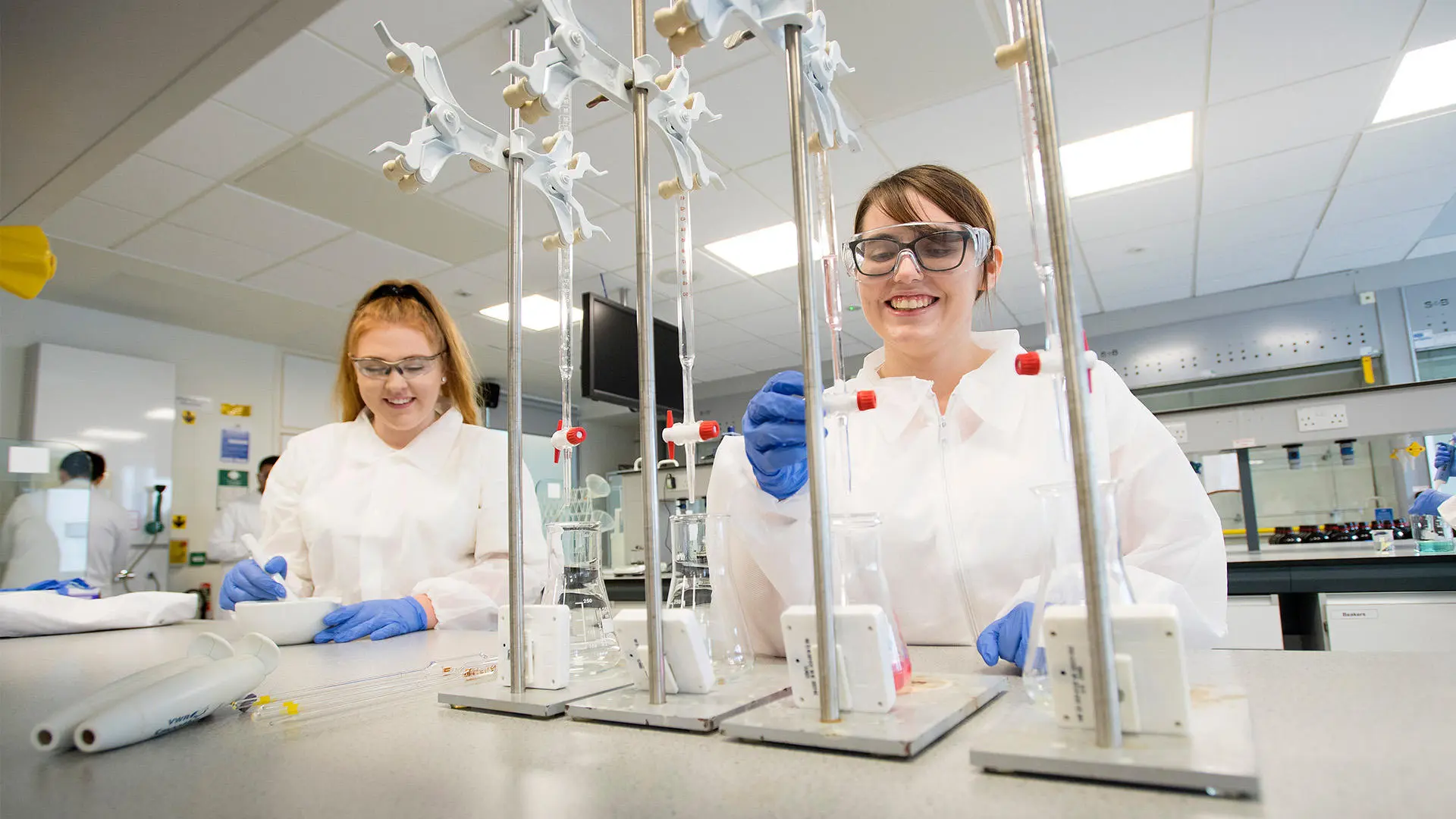The laboratories also contain a 3D printer that allows accurate layer-by-layer design for various pharmaceutical preparations. In addition, the preparation and characterisation of the raw materials and the final products is also performed using a range of equipment, such as the flowability tester, tapped density tester, powder mixer, granulator, friability tester, tablet hardness tester, disintegration and dissolution testers (USP-2 and USP4), spray dryer and freeze dryer, which are all frequently used by students and research personnel for the manufacturing of solid dosage forms.
Moreover, analytical equipment is also available which is essential for understanding the physicochemical properties, the state of materials, purity and stability of the aforementioned preparations, including DSC (conventional DSC and nanoDSC) , TGA, tensiometer, refractometer, rheometer, FTIR, UV-Vis spectrophotometer, nephelometer, HPLC, flash chromatography, NMR, LC-MS, XRD and GPC etc. We have synthetic capabilities, drug design expertise, including molecular modelling, and formulation design within our research group. With advances on nanotechnology, nanomedicine is a popular research area that is well-established at the School.
We have specialist advanced equipment and expertise on lipidic and polymeric nanoparticulate drug delivery systems for applications, not exclusive in, but namely pulmonary, nasal and transdermal delivery. Drug permeation through the skin from conventional and nano-sized samples can be investigated using the Franz diffusion model on porcine skin. Therefore, the quality and stability of the prepared products can be tested and analysed effectively using these equipment.
Routine use of the nanosizing equipment such as the homogeniser, sonicating probe, NanoDeBee and Planetary Ball Mill PM 100 allow both small and large scale production of nanosized colloidal preparations such as suspensions and emulsions, for oral as well as parenteral applications. Subsequent characterisation on the size and charge of the particles can be carried out using Malvern DLS Zeta sizer as well as the Master sizer 2000 Hydro 2000SM for use with larger particle size samples. With the aid of these instruments, the laboratories have the capacity for researchers to develop various formulations and drug delivery systems with potential biomedical exploitation.

